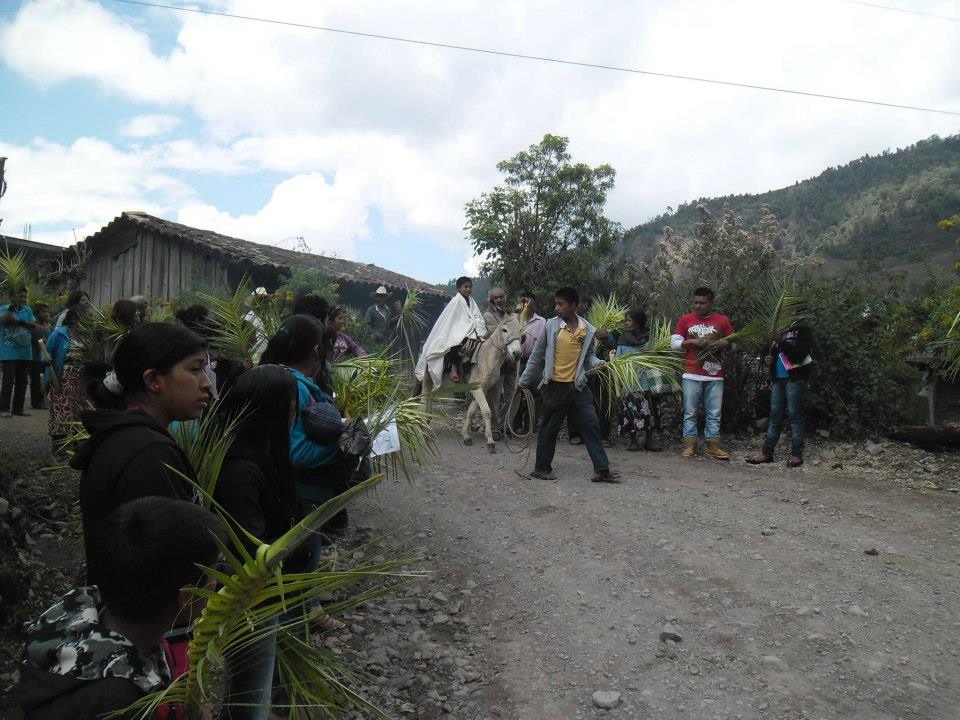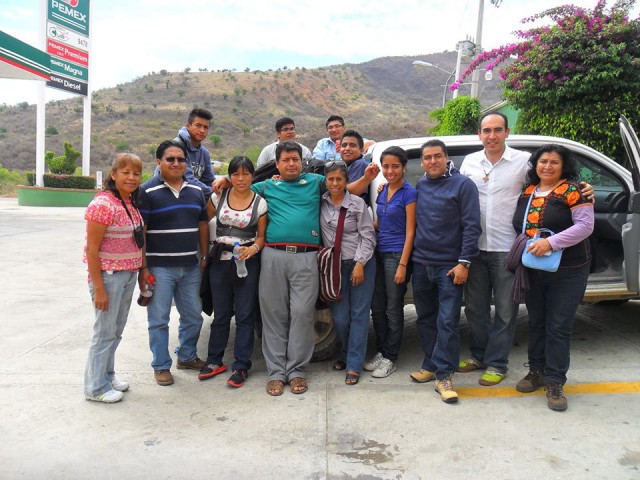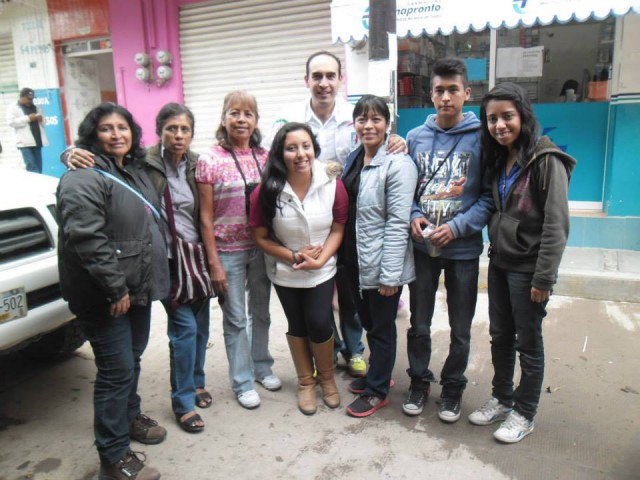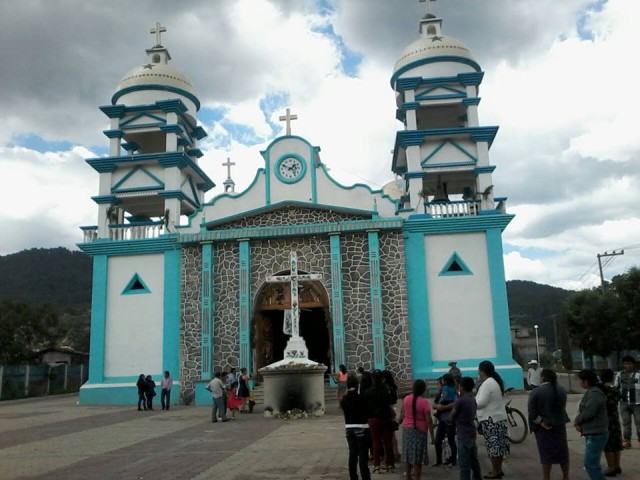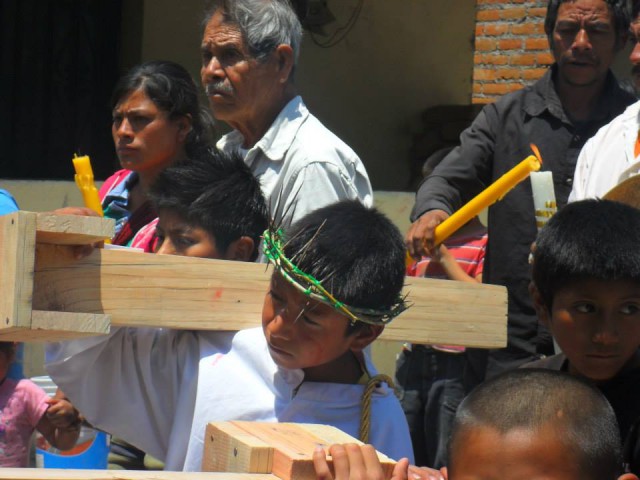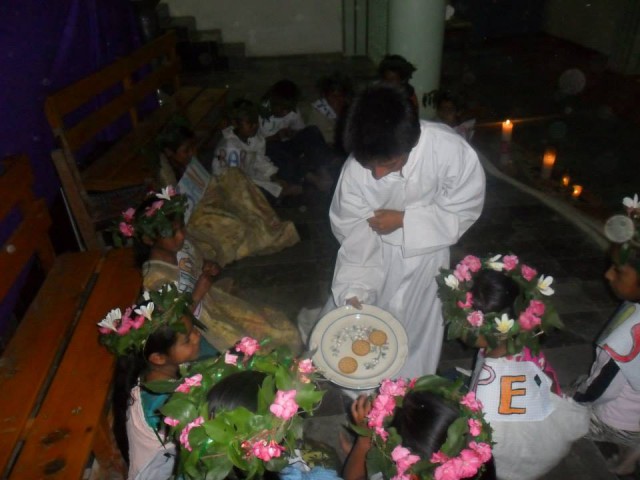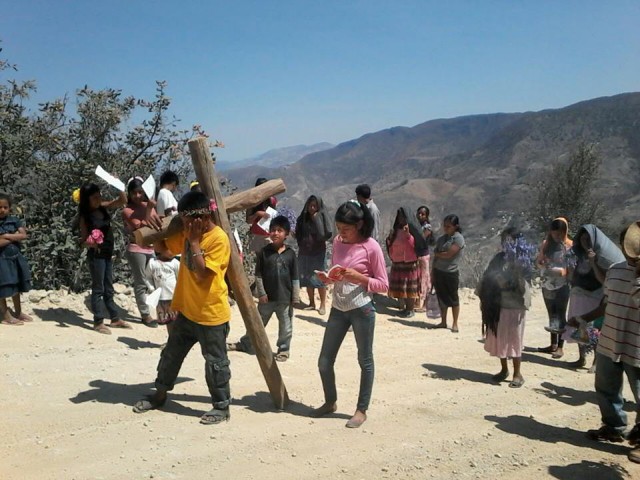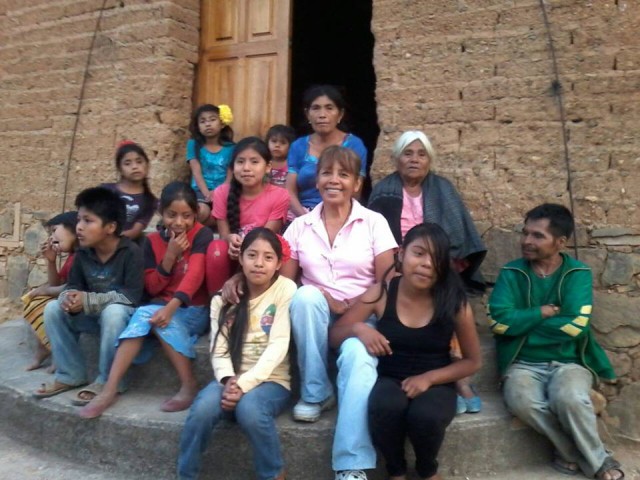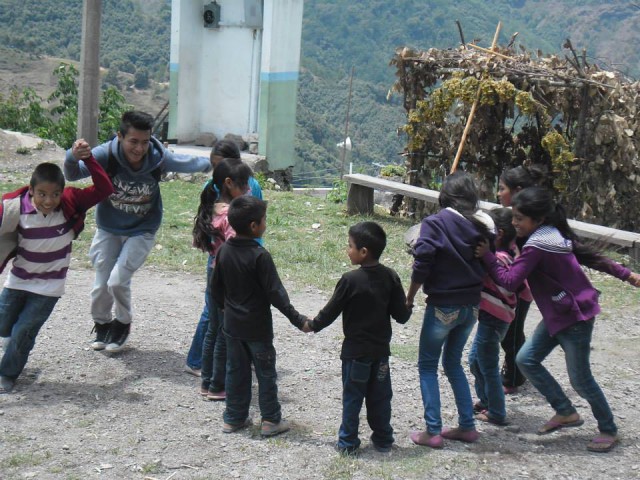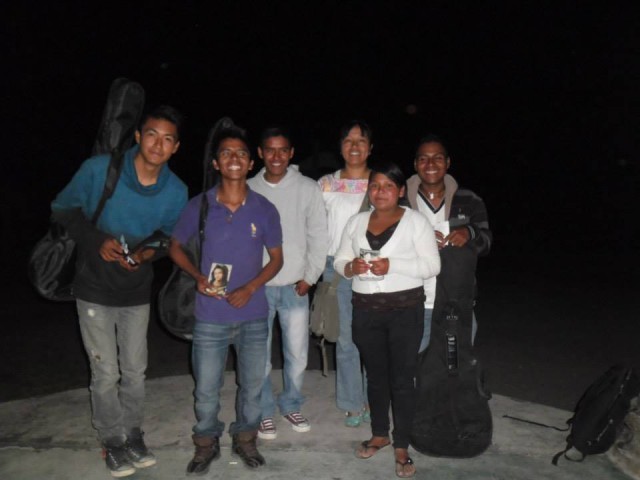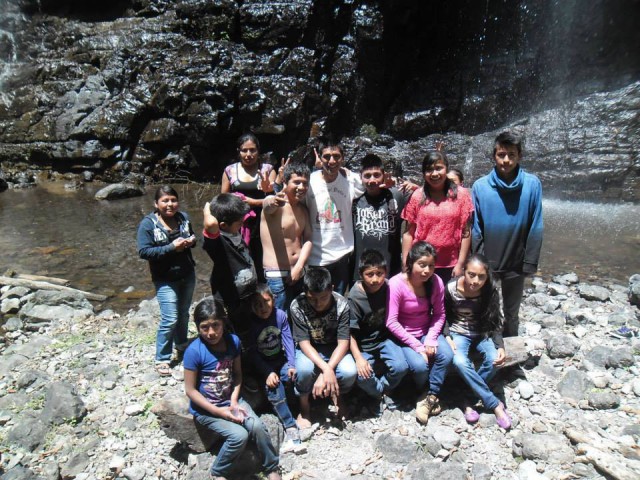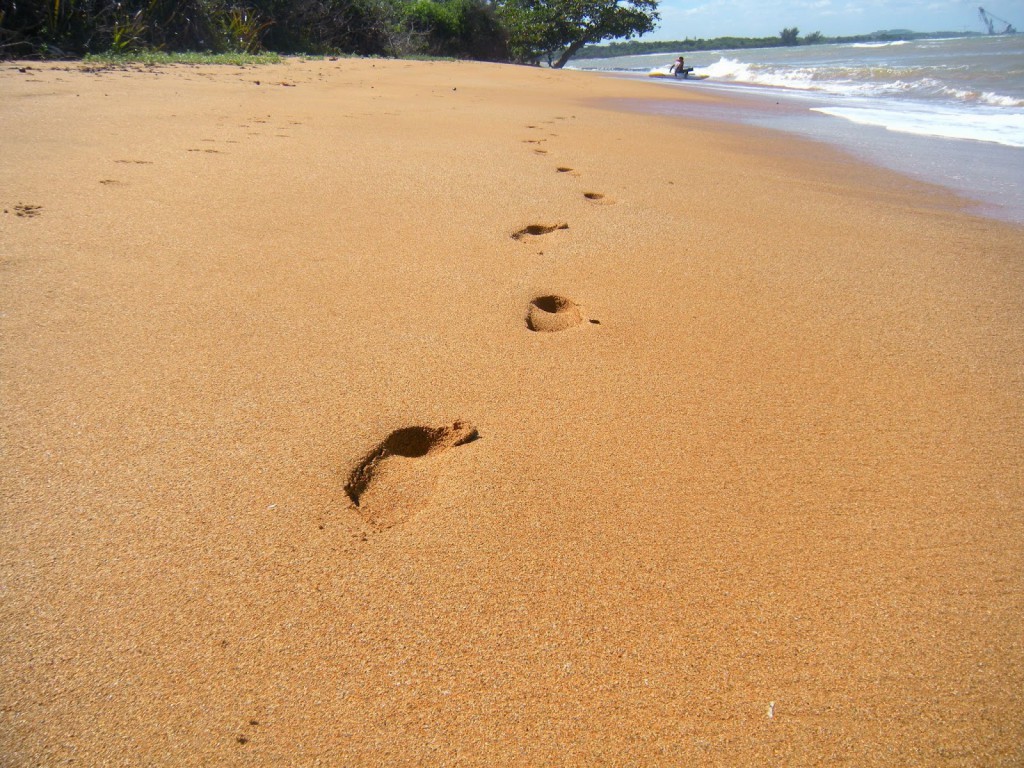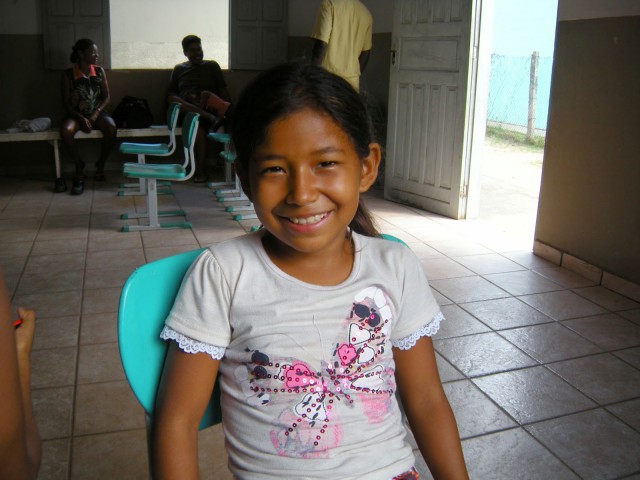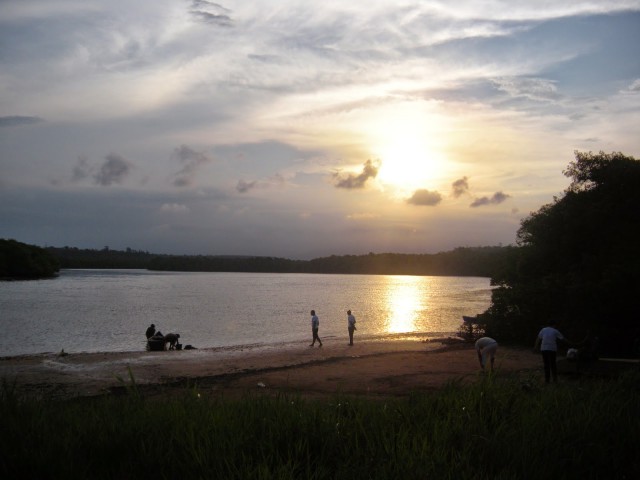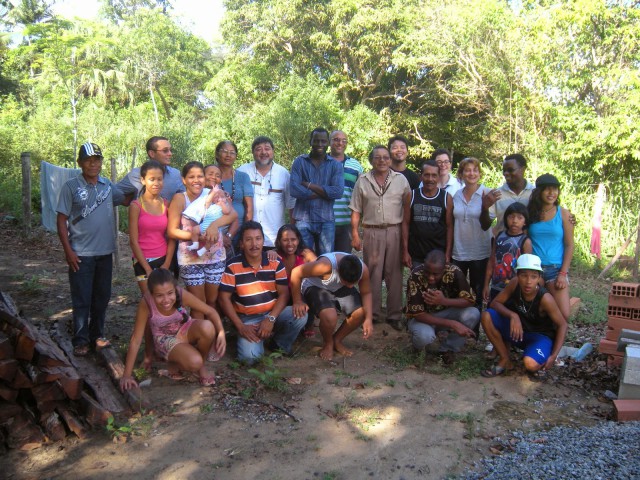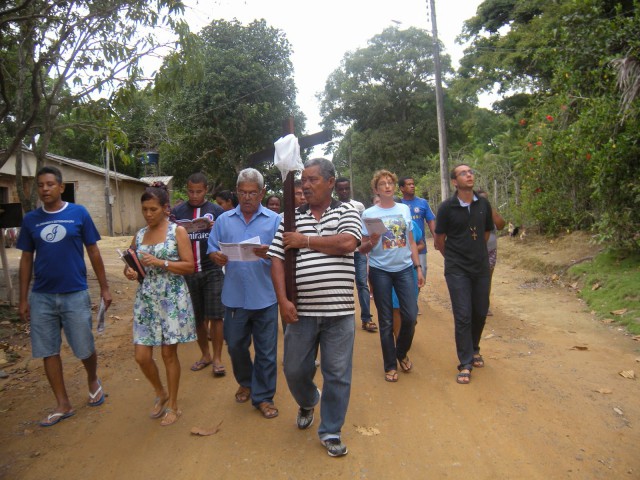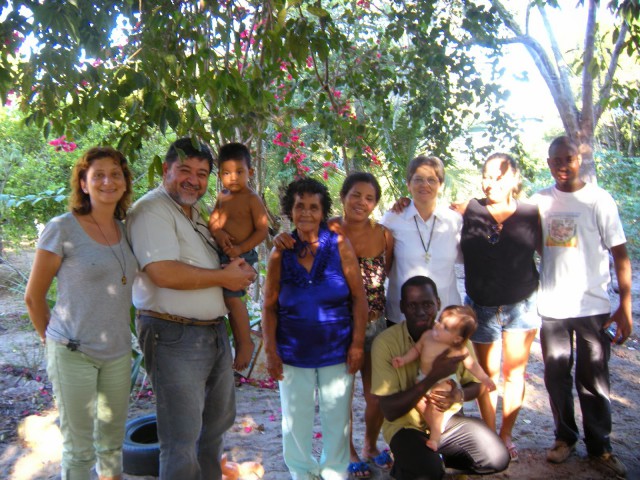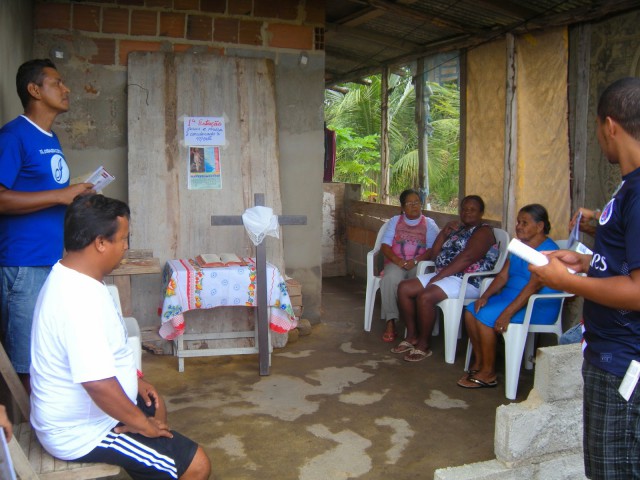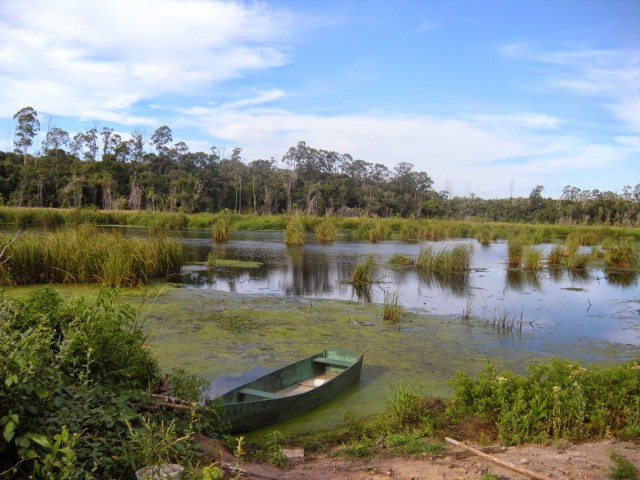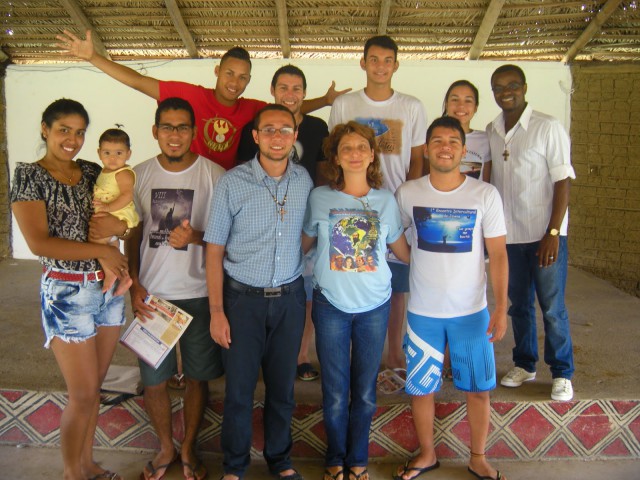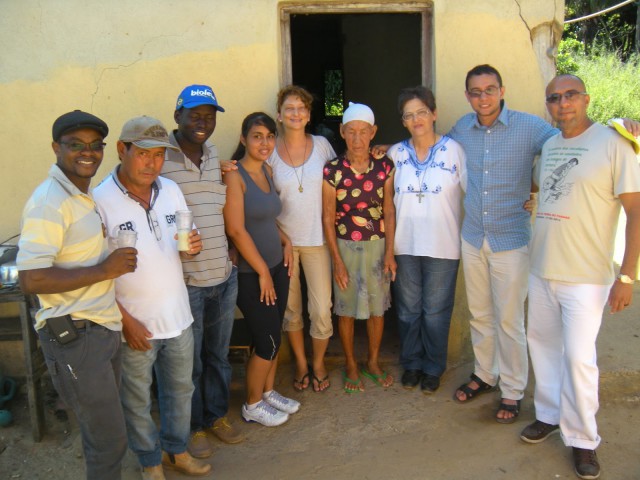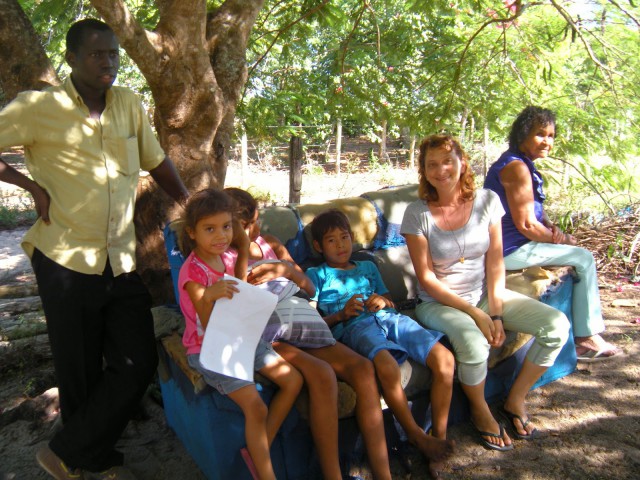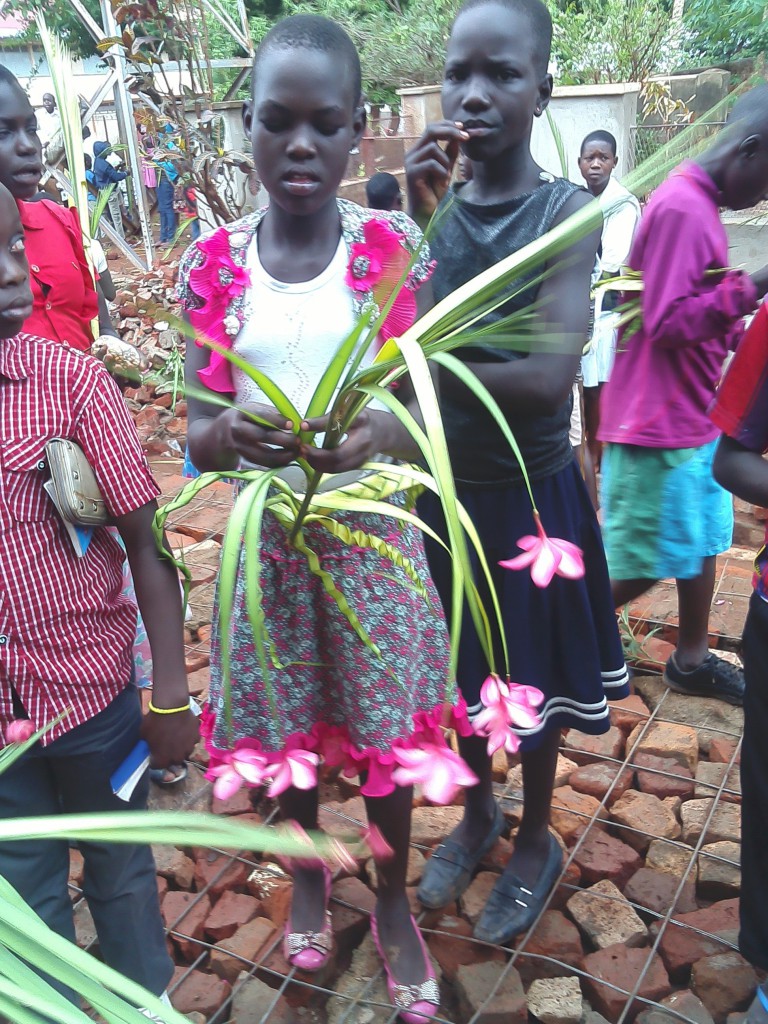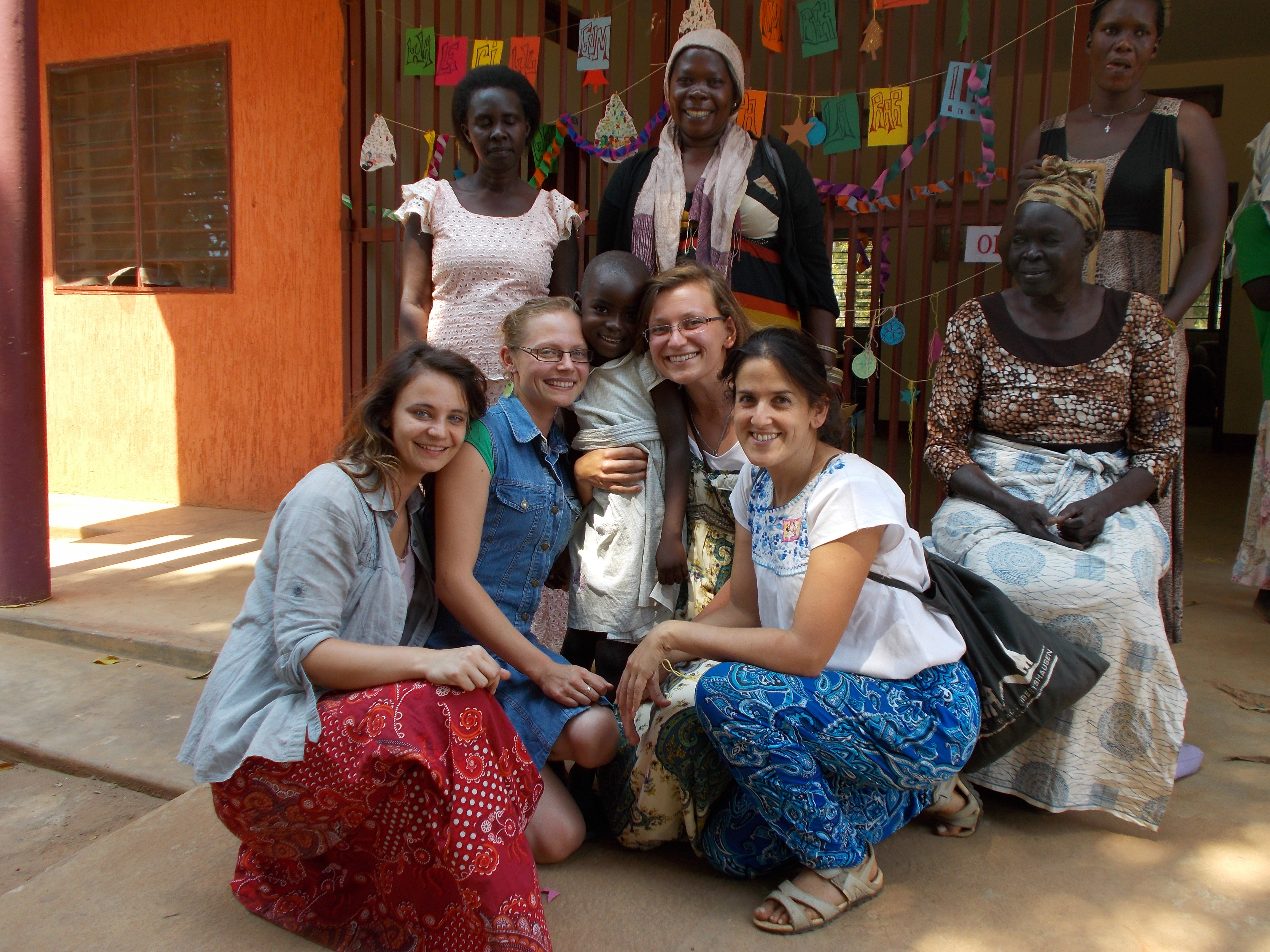
Here in St Jude (Gulu), we are a community of 4 CLM who live and work here. We are very lucky, because around us live some Ugandan CLM, Comboni brothers, sisters and fathers who are much opened. We know that all the time we can count on them, when we need something they always help. We feel a big big support from them. Even when we had difficult time here, when we were a bit down, they came to us to give us a good word, to speak, to be with us. This particular moments showed us that we are really a family not only when is a big feast, celebration but we are together also in difficult and sad time. It was very nice to feel it.
We organised our community life, which is very important for us. Every day we discover how big blessing community is for each of us. It is nice to come back from work and speak, talk about doubts, about nice and bad moment, it is very nice to have this opportunity to share. Every one of us is involved in many things but we have our own community moments. We pray together every day. Each of us is responsible for one day per week and prepare evening prayer. We have our own small chapel in the house, so in the evening we gather there to pray, share and give thanks for every day, praying also for strength and love for next day. Wednesday is our community day what means we go together to the Mass that we offer for our community. Another time when we are together are during the meals. This is time when we can share our work, experience, ask about something, discuss and received advises.
Once a month we have a retreat day that is in Layibi. Sometimes we ask father to prepare something for us and sometimes we just go to think, to be calm and to pray in peace. Usually is half a day and later we have a chance to speak with fathers in Layibi to ask about a lot of things, to compare our experience, to received some advices from them, because they have long experience working among Acholi people.
We have created our first community project. We created this educational project for children to give them opportunity to go to school or to continue education. Education in Uganda is very expensive, parents must pay a lot of money and really, they do not have. So we decided to make this project for this kind of families, children. We included also our workers. Each of them could choose one child from family and we paid one term of school year. The same situation is with our mothers. Other part of our project is to support children for whole year. With the help of one of our worker, we chose 11 children from very poor families and we decided to support them for whole year. Of course, we chose children who are really good, whose results were good and who wanted to continued learning. All of them they are from Secondary School and their situation at home is very difficult. Most of them they are orphans, another with father who is drunker, another with many children so studying is impossible. So we support them paying them school fees and other requirements (like exams fees, uniforms).
About our work… I (Asia) still help bro. Elio to keep properly administration and account department. This kind of work I do it up to lunch break. Later I am a teacher and special need’s teacher. I try to introduce English, because our children have a big problem with that. I also work with one autistic girl, I try to find a communication channel with her. I want this lessons to let her grow up, spread horizons. I work also with older children. I prepare them to exams, the last exams in the school.
Ewa spend much time with the babies while their “mothers” work in the barn (before they were alone by the compound doing all sorts of “dangerous” things for them).
Also put some movies to the older kids that are a little “off the hook” for the kind of life that has been here more focused on the kids. Ewa is very in touch with everyone, and that we “drag” to play basketball, volleyball or whatever with them…
An institution level she is responsible for workers, to bring some control schedules. Also enjoys working with mothers in the physical work every day, putting corn, millet, beans and other things to dry, then you put them into the silos.
With older boys we have a beautiful project, we want together to put in order dormitories and prepare an special place for them inside with tables and chairs to allow them to read, draw and talk instead find them every time around the compound with nothing to do.
Carmen is ordering (with them) to “whitewash” the rooms, we painted the lockers, they were very old and faded colour, with the colours of the Ugandan flag, who elected them, and now we will put the names with “cool” letters.
After we want also to paint a scene (or some sports or movie) on one of the inside walls. We will use the projector to copy the image because of that all of them can help (obviously, everyone wants to participate).
I help with the organization of storage and distribution of food, clothing and other necessities for children. Everything is posted to better manage resources.
I like to work in the store like Ewa, we are very proud of how foods are perfectly placed, after much work, for use it in the dry season.
In our free time we enjoy sharing with children with mobility problems, for all of us they are very special.
Monica is doing a great job with them, physiotherapy to try to remove some of that rigidity that has blocked the majority. She is also doing gymnastics with children who have trouble mobilization but well “head” and they love it.
All enjoyed when sat together with them in the fresh atmosphere, with music, toys, changing position, with the help of lots of colourful cushions we have done with the old foam mattresses.
We felt at home despite some misunderstandings arising from the difference in our cultures, but the will is good and we are taking good care of each other. In times of difficulty, we greatly appreciate being together and being so well, we thank the community that we are.
As you can see, we are involved in many activities. Every day we try to find something different to do with children to change some routine. Every day we try to do our best to our best to make their lives better, happier and more interesting.
CLM in Gulu-Uganda




